#wildlife: south america
Text

A flock of scarlet ibis (Eudocimus ruber) rest in a tree in Trinidad
by Laurence Green
#scarlet ibis#ibis#birds#eudocimus ruber#eudocimus#Threskiornithidae#pelecaniformes#aves#chordata#wildlife: trinidad#wildlife: south america
1K notes
·
View notes
Text


American bison (Bison bison). Sage Creek Campground, Badlands National Park, South Dakota.
#bison#american bison#buffalo#south dakota#national parks#badlands#mine#badlands national park#wildlife#nature#nature photography#ecology#north america#animals#wildlife biology#naturalist#photography#wildlife biologist#biologist#ecologist#mammals#original photographers#original photography on tumblr#original photography#hiking#camping
116 notes
·
View notes
Text
Atelocynus microtis
This odd-looking canine is called a short-eared dog. They are so elusive, though, that they are often called “ghost dogs.” Sightings of them are very rare, which makes research on them difficult.

There’s been a lot of confusion over what the short-eared dog is. It used to be in the lycalopex genus with the zorros and the cerdocyon genus with the crab-eating fox, who it resembles, but now it’s in its own genus- atelocynus.
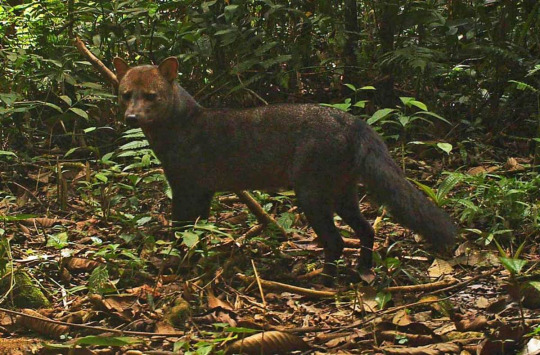
Short-eared dogs live in the Amazon rainforest in Peru, Columbia, Ecuador, Bolivia, and Brazil. They try to live far away from people, making them highly susceptible to habitat loss. Because of this it is suspected that their population is decreasing, but because sightings of them have always been rare it’s hard to estimate how many are left.
Studies of short-eared dog scat suggests that they eat lots of fruit, rodents, and fish. The fish in their diets along with their partially webbed feet could mean that short-eared dogs spend a lot of time in water, similar to the bush dog.
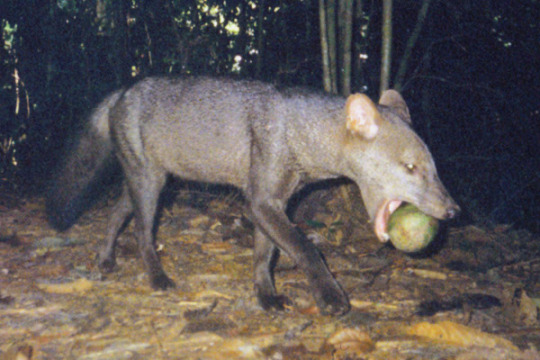
Much of what is known about these elusive animals comes from one short-eared dog named Oso, who was found when he was a puppy by a logger. He was then raised with pet dogs until a wildlife veterinarian named Renata Leite Pitman took over his care. By observing how Oso found food and interacted with other animals, Pitman learned about parts of the short-eared dogs’ life that scientists previously knew almost nothing about.
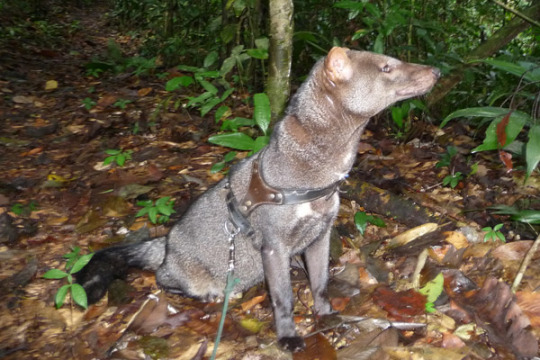
Before Pitman’s work with Oso, virtually nothing was known about short-eared dog vocalization, or the sounds they make. The veterinarian observed that Oso was very quiet but whined or “roared” when he was uncomfortable, and he occasionally made an unusual call that was “similar to some species of owl calls.”
When Oso was around 4 years old he was released into the wild with a tracker, allowing researchers to continue to learn about short-eared dogs.
I rate these very mysterious ghost dogs 13/10. They have a very distinctive look.

Photo credits:
(1) Galo Zapata-Rios (2) Owlcation (3) Renata Leite Pitman (4) Renata Leite Pitman (5) eMammal
#short eared dog#animal#animals#nature#wildlife#canine#wild animals#world#canid#dog#South America#South American animals#short-eared dog#canines#long post sorry
2K notes
·
View notes
Text
Atelocynus microtis
This odd-looking canine is called a short-eared dog. They are so elusive, though, that they are often called “ghost dogs.” Sightings of them are very rare, which makes research on them difficult.

There’s been a lot of confusion over what the short-eared dog is. It used to be in the lycalopex genus with the zorros and the cerdocyon genus with the crab-eating fox, but now it’s in its own genus- atelocynus.
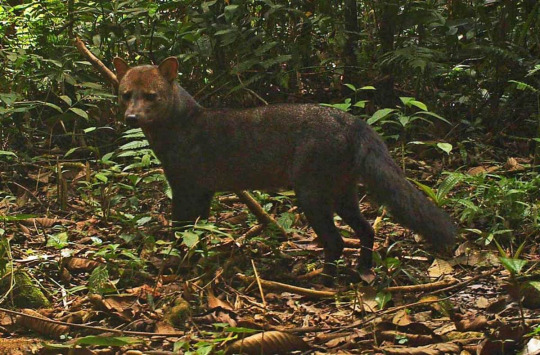
Short-eared dogs live in the Amazon rainforest in Peru, Columbia, Ecuador, Bolivia, and Brazil. They try to live far away from people, making them highly susceptible to habitat loss. Because of this it is suspected that their population is decreasing, but because sightings of them have always been rare it’s hard to estimate how many are left.
Studies of short-eared dog scat suggests that they eat lots of fruit, rodents, and fish. The fish in their diets along with their partially webbed feet could mean that short-eared dogs spend a lot of time in water, similar to the bush dog.
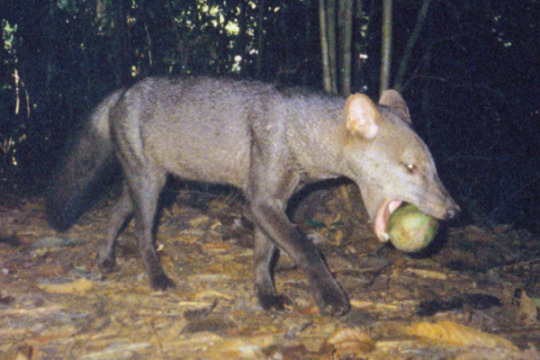
Much of what is known about these elusive animals comes from one short-eared dog named Oso, who was found when he was a puppy by a logger. He was then raised with pet dogs until a wildlife veterinarian named Renata Leite Pitman took over his care. By observing how Oso found food and interacted with other animals, Pitman learned about parts of the short-eared dogs’ life that scientists previously knew almost nothing about.
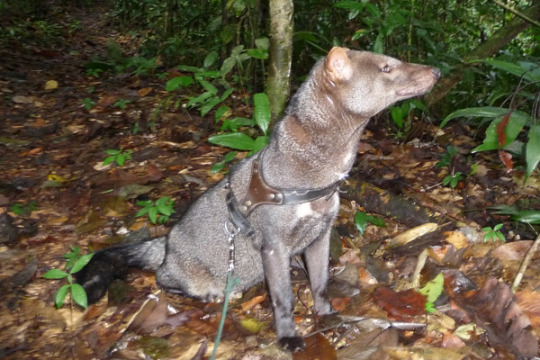
Before Pitman’s work with Oso, virtually nothing was known about short-eared dog vocalization, or the sounds they make. The veterinarian observed that Oso was very quiet but whined or “roared” when he was uncomfortable, and he occasionally made an unusual call that was “similar to some species of owl calls.”
When Oso was around 4 years old he was released into the wild with a tracker, allowing researchers to continue to learn about short-eared dogs.
I rate these very mysterious ghost dogs 13/10. They have a very distinctive look.

Photo credits:
(1) Galo Zapata-Rios (2) Owlcation (3) Renata Leite Pitman (4) Renata Leite Pitman (5) eMammal
#short eared dog#animals#biology#nature#science#wildlife#zoology#animal#dog#dogs#wild#canines#ghost dog#South American animals#South America#rainforest
2K notes
·
View notes
Text

This 16th-century artwork is of a 'haut', which are said to live in the trees. It has been identified with species of three-toed sloths such as Bradypus variegatus which are found in the forests of Central and South America. This artwork comes from 'Cosmographie universelle' (1575) by the French explorer and writer Andre Thevet (1516-1590). The book describes the history and geography of the lands in which Thevet had travelled. The two volumes contain over 1000 pages divided into 23 books. This woodcut is from chapter XIII of book XXI.
#library#law library#libraries#rare books#history#books & libraries#rarebook#london#mtlibrary#inns of court#sloth#south america#16th century#early printed books#explorer#nature#animals#wildlife#1500s#artwork
375 notes
·
View notes
Video
Apex Predator of Patagonia by David & Shiela Glatz
Via Flickr:
She went over the hill like it was a small fence. When she hit the ground she noticed the humans at the foot of the hill. Bold and confident, the wild Puma (Puma concolor) didn’t retreat. She didn’t hide. She strutted right past us with her head held high. Down here the Puma is the apex predator. With no competition from bears, wolves or jaguars - the primary competition faced by this species in the other portions of its range - the Patagonian Puma can be viewed in the open and in the daylight.at least in the protected areas like the national parks.
#Big Cats#Chile#Cougar#Glatz Nature Photography#Lago Sarmiento#Magallanes#Mountain Lion#Nature#Nikon D850#Panther#Patagonia#Predator#Puma#Puma con color#South America#Torres del Paine#Wild Animal#Wildlife#flickr
203 notes
·
View notes
Text

Tucker Islets, Patagonia, Chile
Instagram | Prints
#penguin#patagonia#chile#explore#nature#wildlife#outdoors#adventure#travel#travel photography#south america#wildlife photography#nature photography#fujifilm
66 notes
·
View notes
Text

Sailing in the Tropics by Norton Bush
#norton bush#art#tropics#sailing#boat#nature#landscape#south america#central america#americas#caribbean#tropical#plants#wildlife#sun#sunlight#sunshine#sunny
246 notes
·
View notes
Text
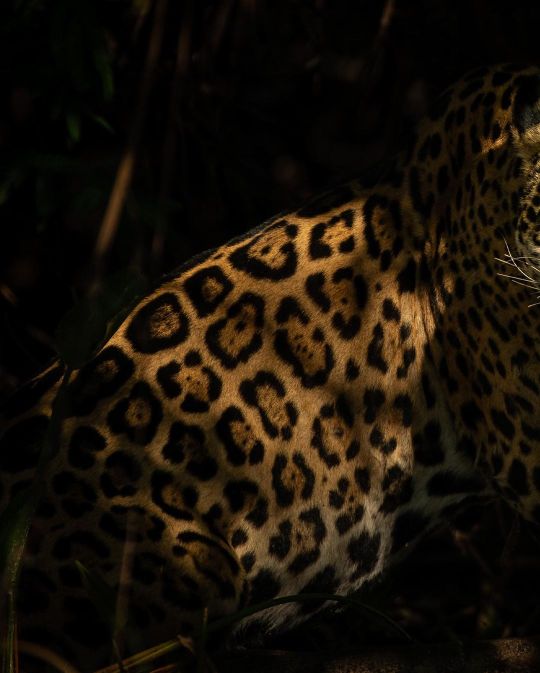

by Marlon du Toit x
225 notes
·
View notes
Text
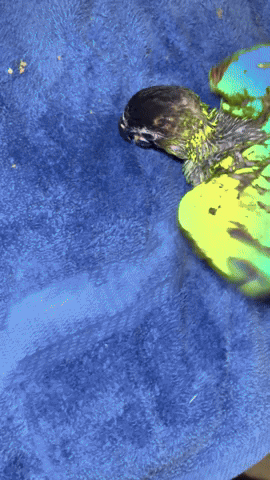
nanday conure
#aesthetic#animals#discovery#nandayconure#conures#vaporwave#trippy#birds#visually pleasing#south america#parrots#parakeets#wildlife#glitch
30 notes
·
View notes
Photo

An emperor tamarin sits a tree branch in Manu National Park, Peru. The South American primates are named for their long white whiskers, which resemble a mustache.
PHOTOGRAPH BY CHARLIE HAMILTON JAMES, NAT GEO IMAGE COLLECTION
#charlie hamilton james#photographer#national geographic#emperor tamarin#tamarin#monkey#animal#mammal#bosque del apache national wildlife refuge#manu national park#peru#south america#primate#nature
105 notes
·
View notes
Text
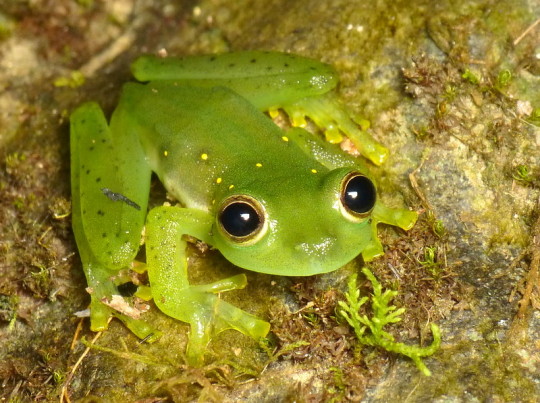
An emerald glassfrog (Espadarana prosoblepon) in Imbabura, Ecuador
by Andreas Kay
#emerald glassfrog#glass frogs#frogs#amphibians#espadarana prosoblepon#espadarana#Centrolenidae#anura#amphibia#chordata#wildlife: ecuador#wildlife: south america
868 notes
·
View notes
Text
The Amazonian Jewel aviary has this orange coloured Andean Cock-of-the rock which I spotted from afar but my lousy point and shoot camera could not afforded a decent closeup shot. So you have to settle for this Toucan (or maybe not) and Hyacinth Macaw which was actually found in the Crimson Wetlands avairy.





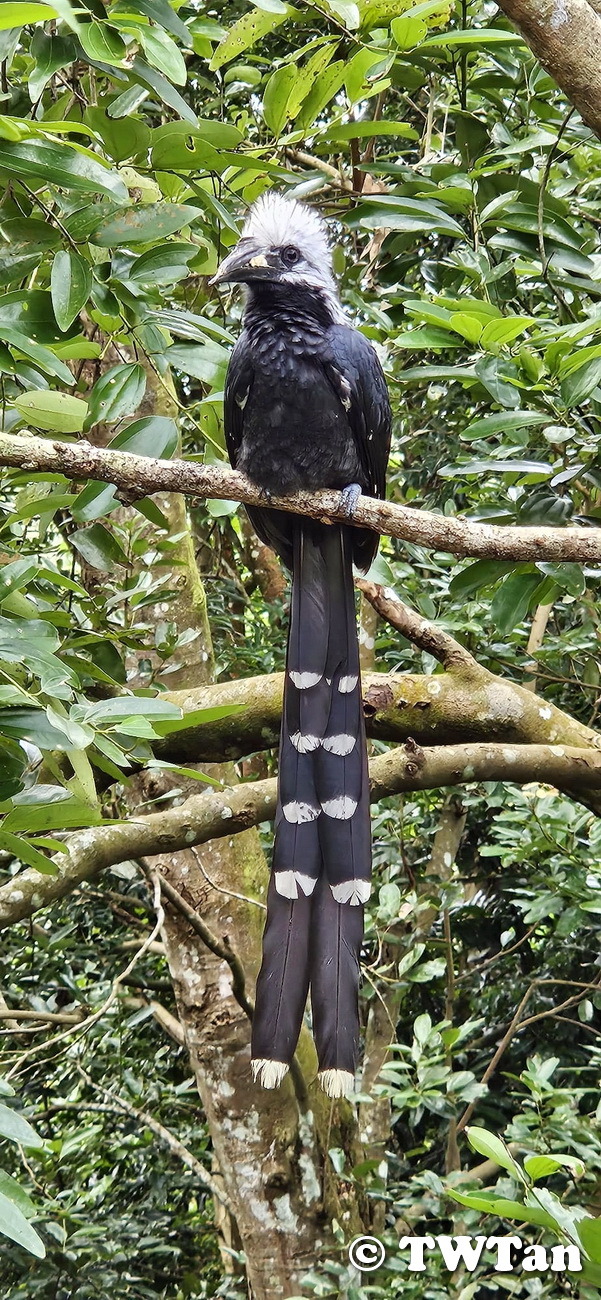
#Bird Paradise#Singapore#Mandai#Mandai Wildlife Reserve#Amazonian Jewel#Walk In Aviary#South America#Bromeliads#Toucan#Hyacinth Macaw#Parrot#Birds#Colourful#Buffetlicious
23 notes
·
View notes
Text
Lycalopex fulvipes
Charles Darwin found these foxes on the voyage of the Beagle, so they were named after him. Their native name is zorro chilote.
They are described as charismatic and bold around people. After meeting one of them on Chiloé island in 1834, Darwin described them as “more curious or more scientific, but less wise, than the generality of his brethren”. In other words, Darwin’s foxes are very curious and observant, but not as wise as other fox species.
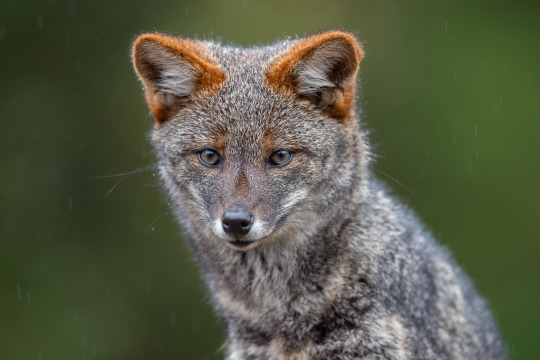
Darwin’s foxes are not actually foxes. True foxes belong to the vulpes genus, and these foxes belong to the lycalopex genus. They share this genus with the Sechuran fox, the hoary fox, the pampas fox, the culpeo, and the chilla. It was believed for a long time that the Darwin’s fox was a subspecies of the chilla, but they are now classified as a different species.
While most South American fox species prefer open grassland or scrub areas, Darwin’s foxes prefer dense forests. They are endemic to Chile, meaning they are only found there, with most individuals found on Chiloé island and in the Valdivian Coastal Range.
In these forests, Darwin’s foxes hunt for small animals like rodents and lizards along with fruit, eggs, beetles, and carrion. They are not strictly nocturnal, diurnal, or crepuscular, so they just hunt when they want to.

Like almost all other fox species, Darwin’s foxes prefer to live alone, only living in pairs during the breeding season and when they have kits.
Due to habitat loss, feral dogs, and being hunted for their fur, Darwin’s foxes are highly endangered with less than 1,000 individuals left. Conservation efforts have grown their population by small amounts but they are still in danger of extinction.
I rate this very curious fox 18/10. They may be “less wise” than other foxes but their charisma makes up for that
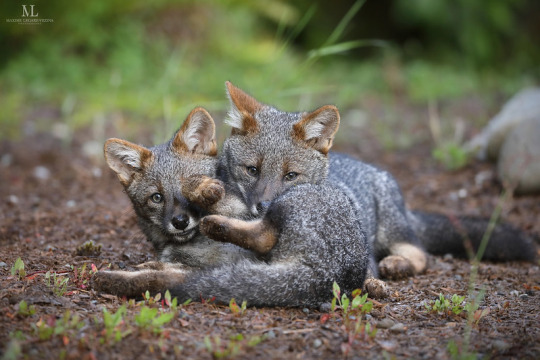

Photo Credits:
(1) Jono Dashper (2) Unknown (3) Maxime Legare-Vezina (4) Kevin Schafer
#Darwin’s fox#fox#animal#animals#nature#wildlife#canine#wild animals#world#canid#dog#foxes#zoology#biology#science#best animal ever#canines#dogs#south america#South American fox#charles darwin#Darwin
972 notes
·
View notes
Text

Sloths are adapted to spend all day in trees. They are nocturnal and will sleep up to 20 hours a day. However, they will come to the forest floor to go to the bathroom, which they do only approximately once a week. Visitors at the zoo always tell me they want one as a pet, but I promise you that's not a good idea. Aside from the negative impacts of the wildlife trade, these guys are also very stinky.
#sloth#sloths#zoos#zoo animals#nature#wildlife#mine#naturalist#photography#nature photography#ecology#north america#animals#wildlife biology#animal behavior#environmental education#nature education#south american wildlife#animal#wildlife biologist#biologist#ecologist#photographers on tumblr#original photographers#original photograhpy
19 notes
·
View notes
Photo
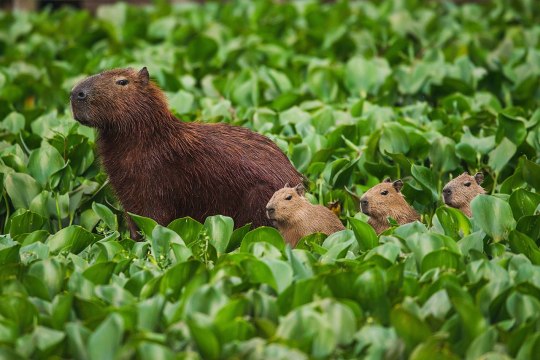
Capybaras thrive, even near humans, because they’re not picky eaters
The rodents’ flexible diet has helped them adapt to human-modified environments
Capybaras, the world’s largest rodent, naturally live in vast grasslands, wetlands and rivers throughout South America. Their name literally means grass eater in the Tupi language, which is indigenous to Brazil and other regions in South America.
So scientists who study capybara diets were surprised when they found the animals seemed just as happy munching on leafy forest plants as the wavy grasses they’re used to. The new findings, which appear February 27 in the Journal of Zoology, suggest dietary flexibility has helped capybara populations balloon in cities and survive in farther-flung landscapes fragmented by roads, fields and other human-made changes over the past five decades or so...
Read more: https://www.sciencenews.org/article/capybaras-thrive-humans-eat
photograph by Clodomiro Esteves Junior | Wikipedia CC
88 notes
·
View notes